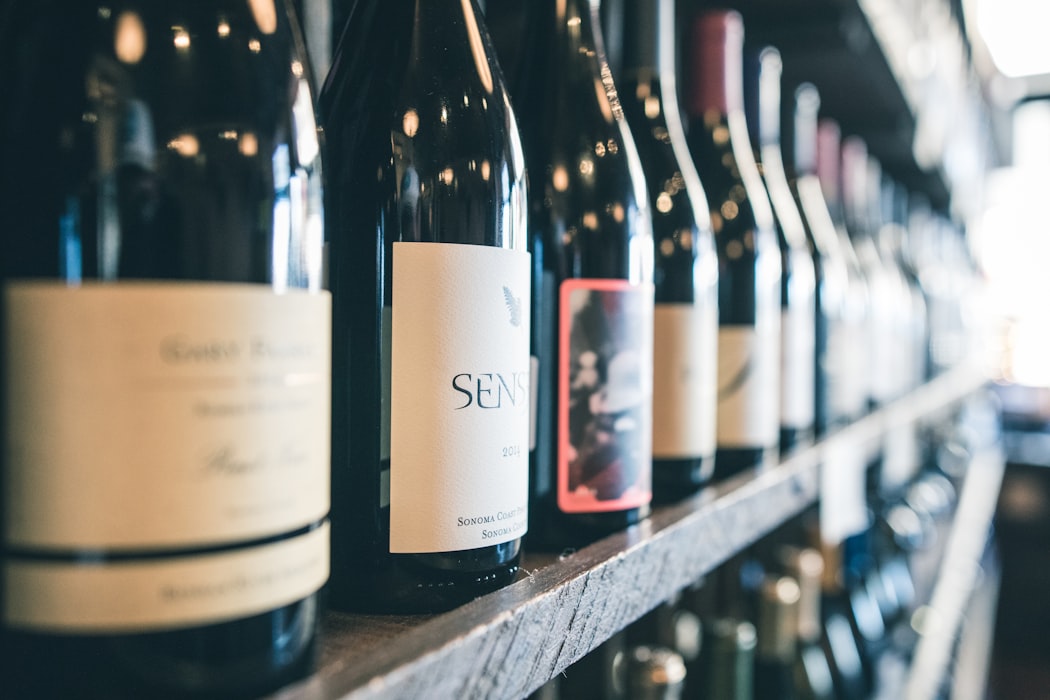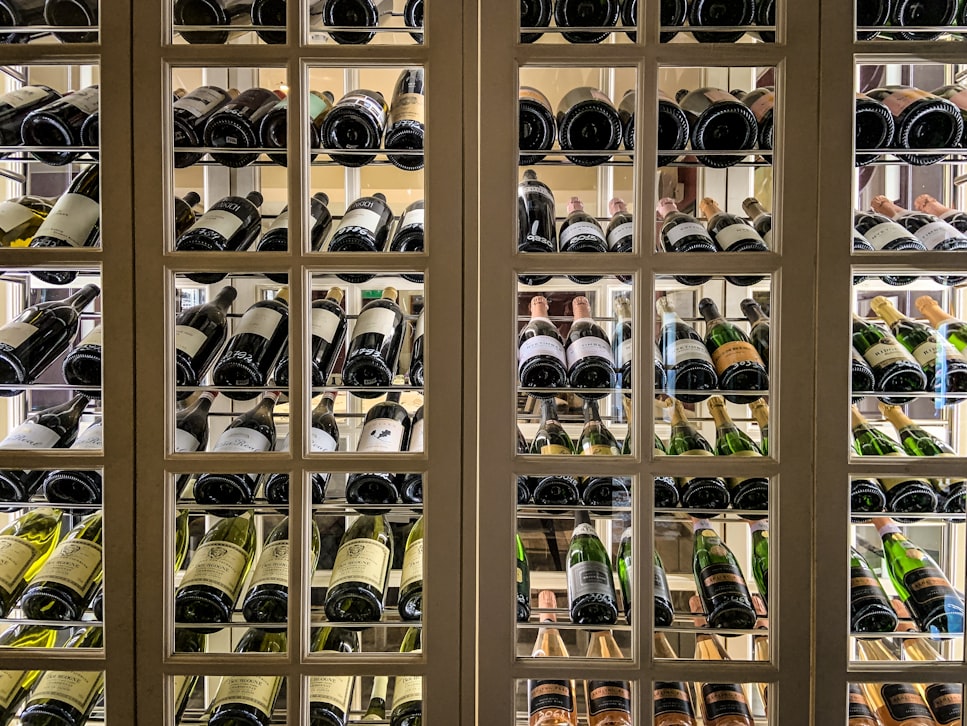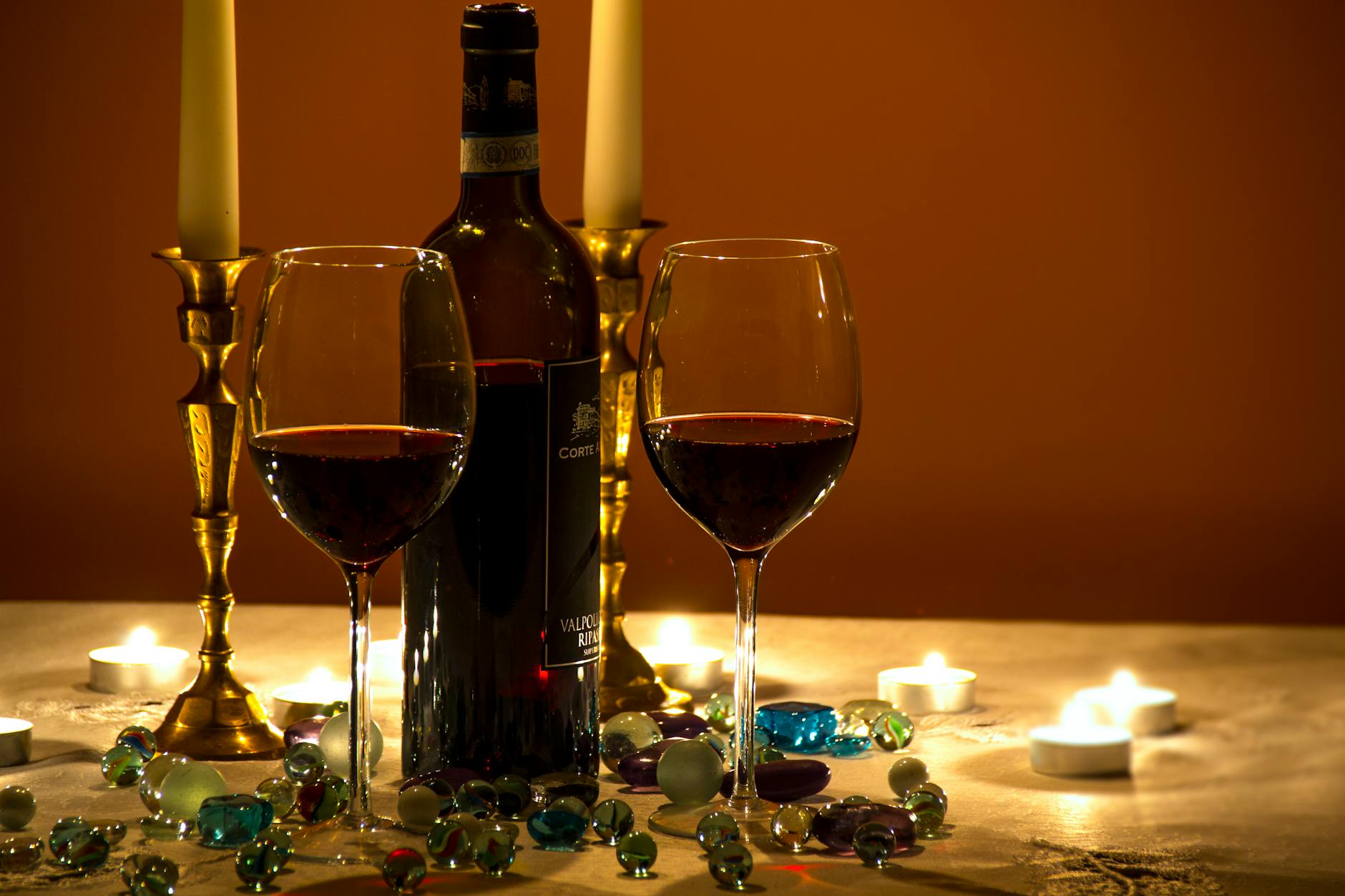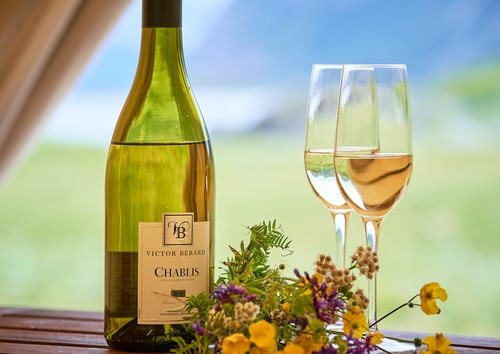Knowing how to store unopened red wine properly can help you manage your wine and give you a much richer experience when you finally pop the cork. The correct red wine storage can reduce damage, enhance your wine’s notes and complexity, and gracefully help it age for a much richer experience. Proper storage of red wine is a vital mastery, and it is simple once you know. Here’s a guide on how to store unopened red wine!
How To Store Unopened Red Wine

It is essential to do things right and, above all, not to do something wrong. Red wine can be easy and painless to store. In this article, you will learn how to store unopened red wine properly and what factors cause damage.
Store wine at an adequate temperature.
Temperature is perhaps the most important of all the factors affecting the quality of stored wine. Warm or cold temperatures are a sure way of spoiling the wine. The optimum wine storage temperature is generally around 55oF (13oC), but it can vary from wine to wine. Consult the manufacturer for temperature recommendations on specific wines.
Regardless of type or label, the amount of wine that may cause a wine to freeze should never be below 25 ° F (-4oC) or above 68 ° F (20 ° C), which may speed up the aging process and destroy volatile compounds.
Most importantly, your wine storage temperature should remain as stable as possible: fluctuations in temperature can result in cork expanding and contracting and allow the wine to drain out (or air to drain in).
Tip:
It is fine to keep wines in the refrigerator of your home for up to a few months, but it is not a good long term bet. The mean refrigeration temperature drops well below 45 ° F to store foods perishable safely. The lack of humidity can eventually dry corks that can allow air to get into the bottles and damage the wine. Don’t keep your wine in the freezer somewhere it could freeze. If the liquid becomes ice it could expand sufficiently to drive the cork out.
Store bottles of wine horizontally.

Be sure to store your wine horizontally in a wine rack for bottles with corks. Keeping wine on its side helps maintain moist cork, which is essential for long-term storage, since a dried-out cork may lead to draining and premature aging.
Although it is unnecessary to keep the top bottles on their side, horizontal storage is an efficient way to store your wines for the most excellent possible space and easy access.
Bottles have traditionally been stored on the sides so that the liquid is kept against the cork, which should not dry cork theoretically. This is not necessary if you plan to drink these bottles in the near to medium term, or if your containers have alternative closures. However, horizontal racking is an efficient way to store your bottles, and it certainly can’t harm your wines.
Protect against light and vibration.
Whether you store it for months, weeks, or days, keep your wine as dark as you can. Direct sunlight UV rays can damage the aromas and aromas of the wine.
You should also keep wines from vibration sources such as your washer and dryer, your training area, or your stereo system. Vibrations can disturb sediments in the bottle and disrupt the delicate process that favorably ages wines.
Store the wine with the proper moisture.
Extreme moisture in your wine cellar or storage area may also affect the longevity of your wine. Your corks can dry at lower humidity levels to make the wine sensitive to oxygen, while higher humidity can make it difficult to display or sell the labels. Your wine cellar humidity should generally be between 60 and 68 percent.
Store wine in the wine refrigerator, not a regular fridge.

If you don’t have a cold, dark, and humid storage area, then a wine cooler is a good idea. In contrast to a standard refrigerator that keeps food very cold and dry, a wine fridge keeps the wine in the correct temperature between 50-60 AF (10-15 AF).
A good fridge will also have a cooler champagne setting. Keeping your wine in a separate wine refrigerator also helps to avoid food odor cross-contamination. If costs are a business, remember that wine may be an investment, and a good wine refrigerator is a way of protecting your investment in this case.
At the right temperature, serve the wine.
When you are preparing to serve a stored bottle for wine lovers, allow time to reach the proper serving temperature. This ensures that the aroma and taste of wine are fully expressed. Red wine should be served chilled somewhere between 58 and 65 kilos (approximately 12-19 kilograms).
The age of the wine determines the exact temperature, the older wines are better kept on, the colder end of the spectrum. The warmer end of the temperature range should be kept with reds with more robust tannins than light red wines, which may be as cold as 55 ̈F after.
White wines can and should be served colder than reds in the meantime. However, they must not be kept so cold that they influence the flavors. White wine should instead be cooled between 45-55 F (8-12 F). At the colder end of the spectrum, white sparkling wines should be like sweet white wines. Champagne should be served at 38-45 alias F (5-8 C).
Storing Opened Wine Bottles Correctly
Properly stored, an opened wine bottle may last 3 to 5 days. The key to extending an open wine’s shelf life and maintaining its original qualities is to recork it promptly and tightly. Place some wax paper around the cork and glue it back into its original position to recork wine.
The wax lightens the cork into the top and ensures that no stray cork part falls into the bottle. If recorking is not an option, a rubber wine stopper can create a close seal – for example, if the cork is split or discarded. Finally, an upgrade option is a wine vacuum pump to suck the air from an open bottle and generate an almost airtight seal.
Dangers To A Red Wine’s Longevity

You must also know the dangers while knowing how to store unopened red wine. Here are some of the factors that you must consider when learning how to store unopened red wine!
Light
Prolonged exposure to light can damage your red wine by prematurely aging and also chemically alter your wine’s compounds. Ideally, you want to keep your wine bottles in the dark for long-term storage to eliminate the risk of light damage.
Vibrations
Wine is best stored in a 100% calm setting, where it can age if it is entirely peaceful. You will thus want to find a way to store your red wine in a place that will not vibrate continuously.
Temperature
Temperature is a concern for long-term wine storage for most people. Temperatures may cause a wine to become havoc and cause it to age prematurely or change its integrity and timing.
Oxidation
Oxidation is a big problem that appears to be far less covered than it should be. Moreover, oxidation can alter a wine more rapidly and more clearly than any other factor. Oxidation takes place when molecules of oxygen are allowed into the cork and wine. The bottle should remain airtight, and the flow of oxygen can change your red wine’s chemical makeup and purity.
Where To Keep Your Bottles

If you cannot go with a cool, not too damp cellar, you can improvise in a safe place with some simple racks. Exclude your kitchen, washing room or boiler room, warm temperatures that could affect your wines, and look for areas that do not match the light from the window.
You can also buy a little cooler of wine and follow the same rules: if you keep your refrigerator cool, it won’t have to work so hard to keep your energy bill down.
Maybe there is a little-used closet or other vacant storage areas to store wine? If you have an appropriate dark, stable room that isn’t too damp or dry but that’s too warm, you could consider investing in a separate, wine-specific cooling unit. There are some cheap systems for small areas, but they are mostly used for professional wine storage.
When is it time to upgrade your storage? Ask yourself this, how much have you spent on your wine custom last year? It’s time to think about it carefully when a $1,000 cooling unit is less than 25 percent of your annual wine-buying budget.
Buying Wine Coolers

In its most basic form, wine coolers are standalone units that are designed to maintain a consistent temperature – sometimes for serving rather than for long-term storage. In a wine room, a wine cave is a cabinet or a whole room that keeps wine under optimal conditions for a long-term aging process.
More expensive units can have several temperature regions, which are good if you want to maintain a cooler and more ready-to-drink temperature for your reds at one temperature. Controls of moisture are also helpful.
Do your best to find a quiet unit — you would be surprised how loud these things are. The more you spend, the better the materials such as aluminum racks, that lead to cold temperatures that are better than plastic ones, or a rough interior that is better for moisture than a smooth one.
Final Words
Short-term wine cellars are not so different from long-term cellars. The best way to store any expected longevity of wine bottles is to comply with the above directives. Even in the short term, all wines will at least change a little. In this way, wines are like people. Like people, they also react to their environment. You can also maintain your wine in prime conditions.






